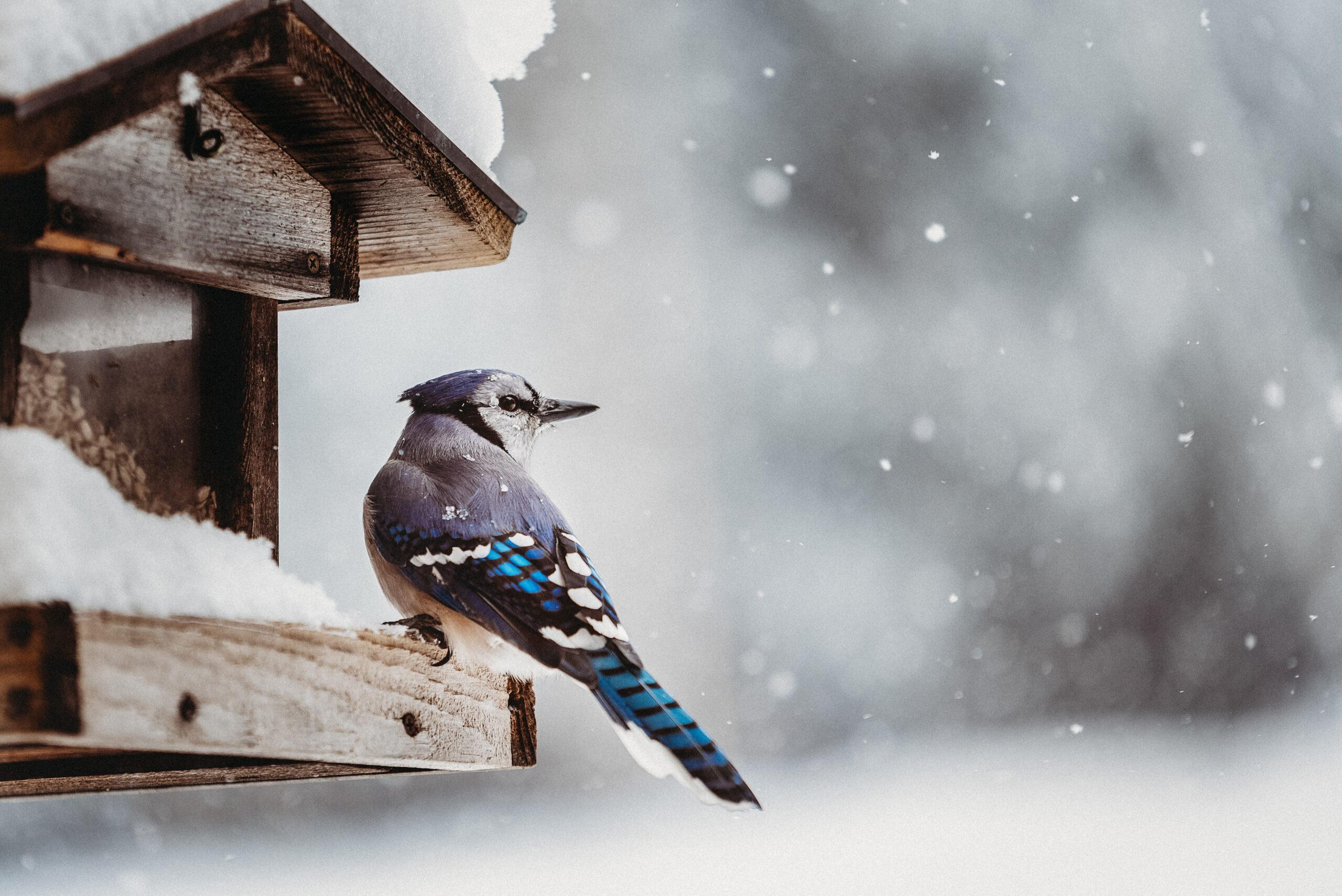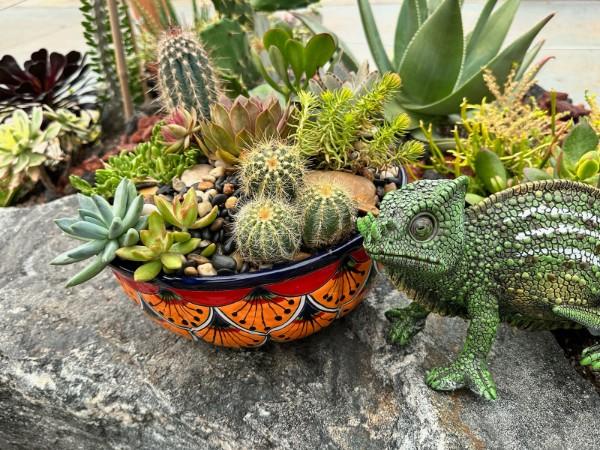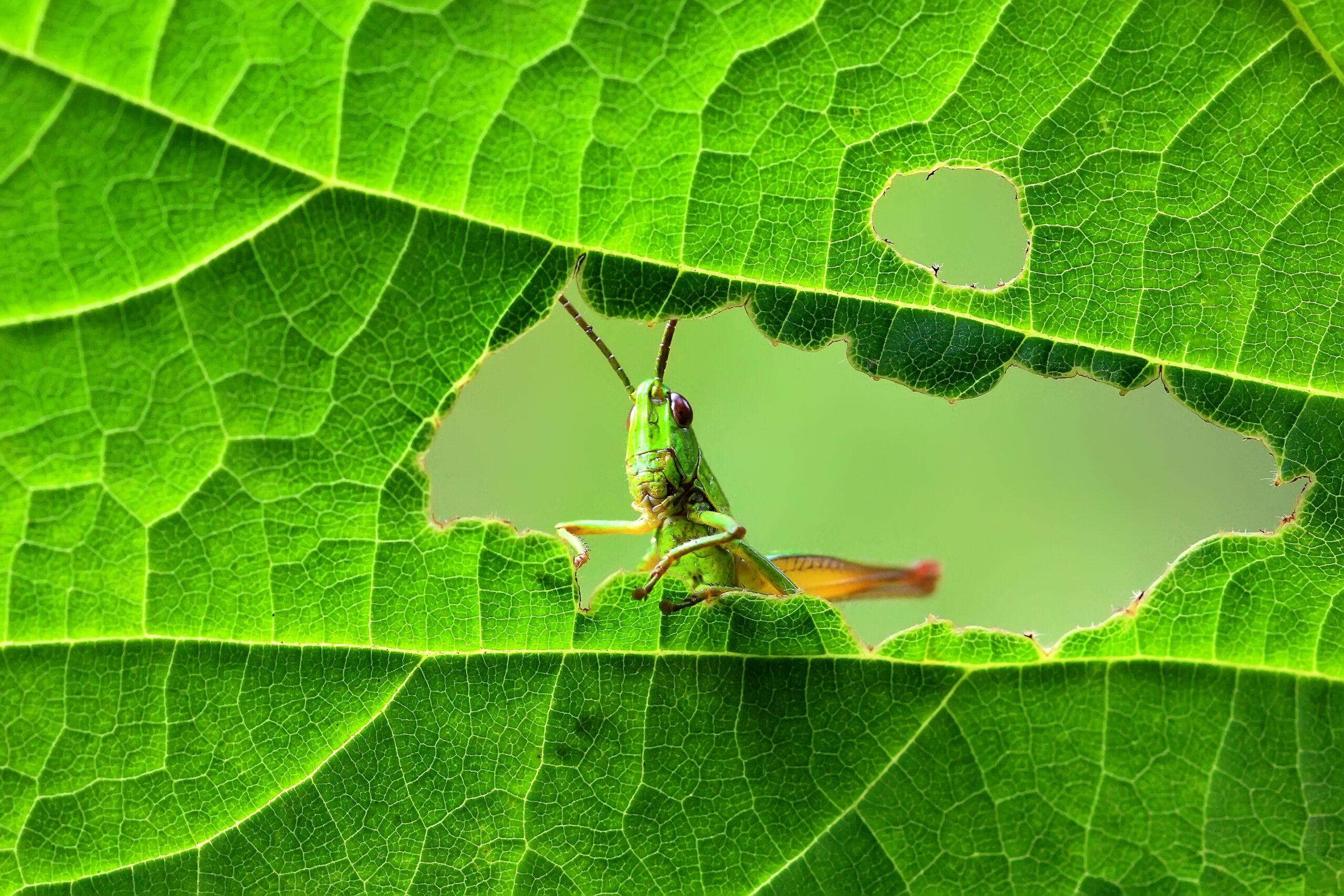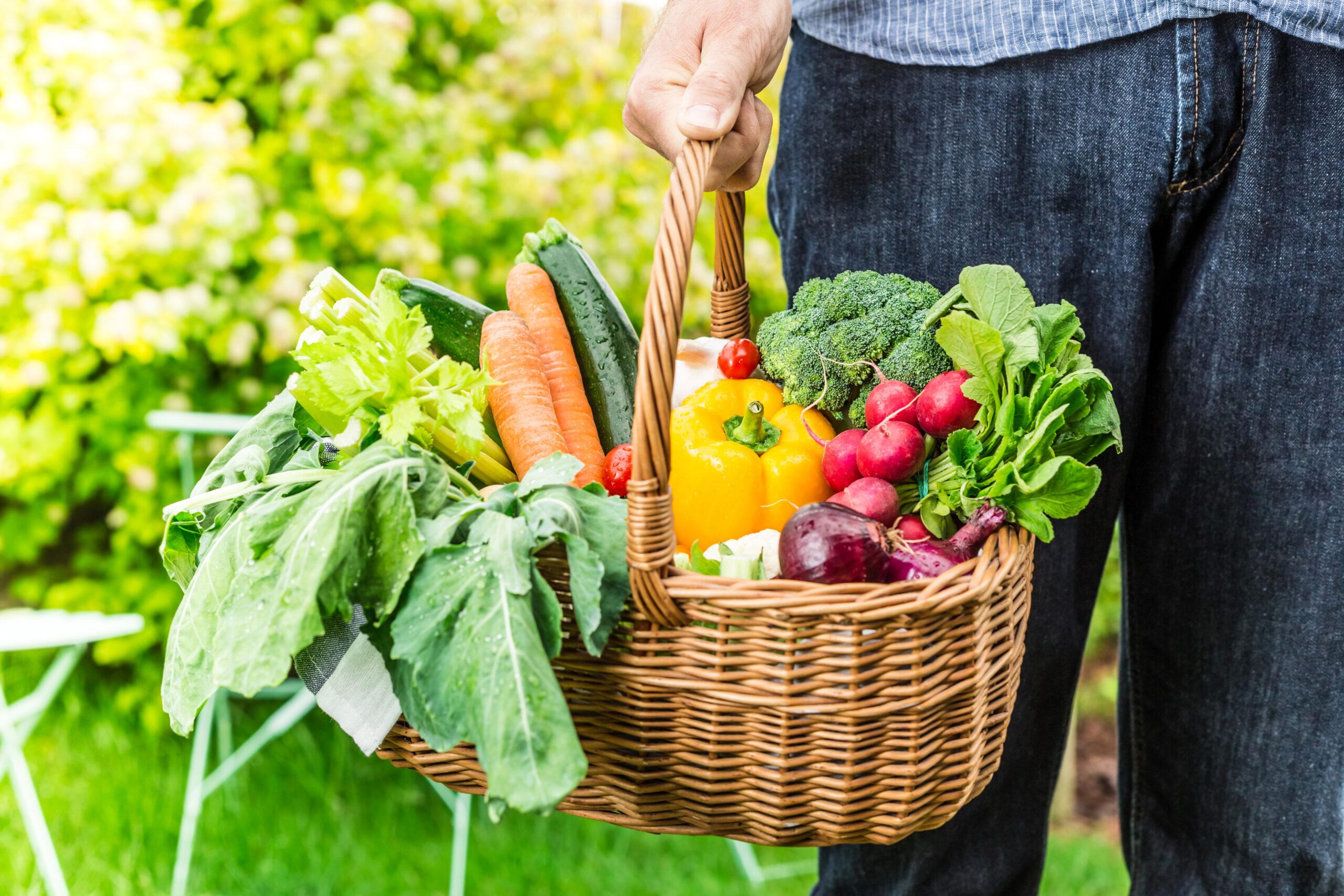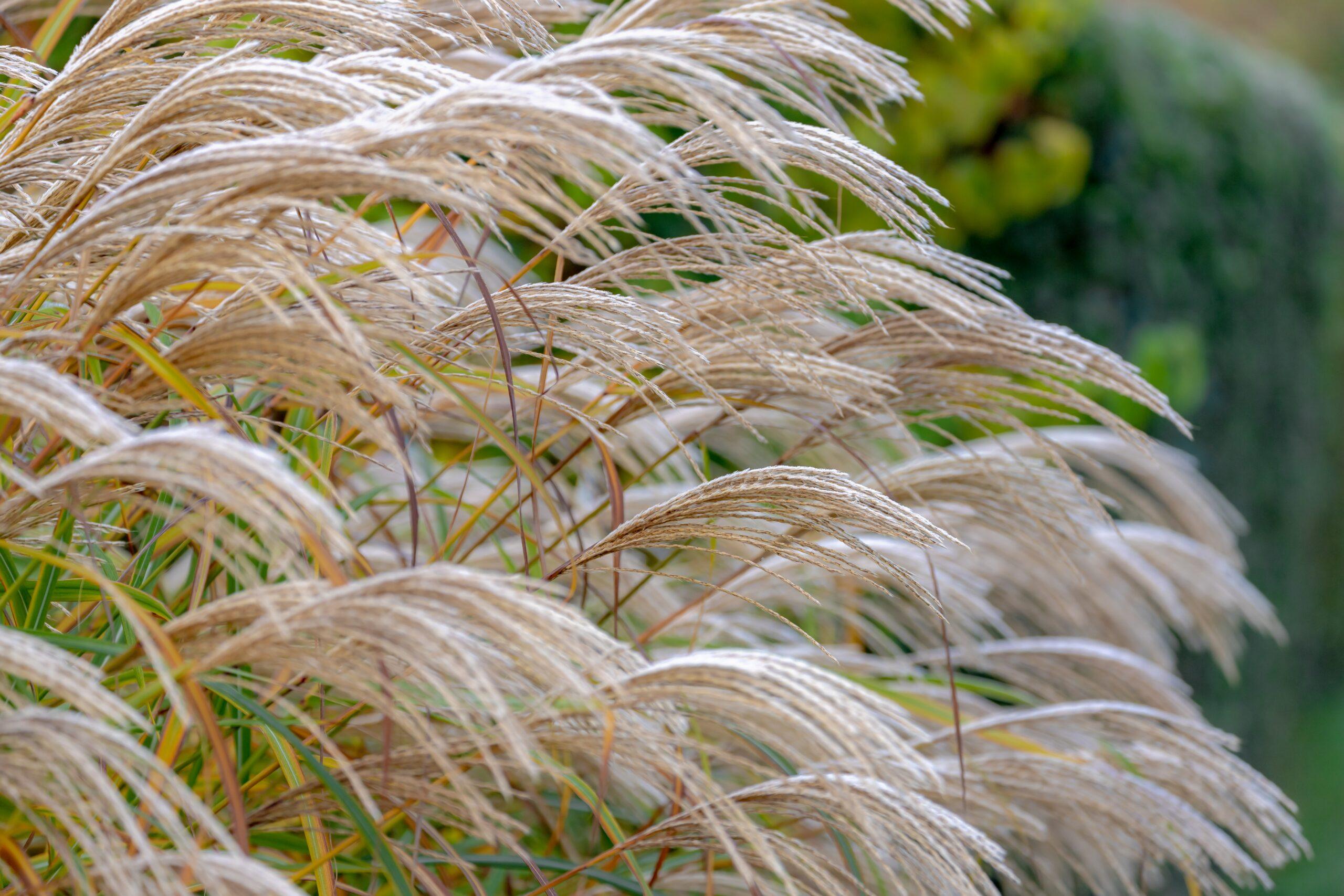It’s good to stop now and then and think about how much wild birds enrich our daily lives. Whether it’s beautiful song birds at our backyard feeders or the “hoo… hooo” of a Great Horned Owl just before dawn, we should see these animals as the precious and essential creatures they are.
So what can we do to help them thrive in a world that isn’t always as kind as it should be? There’s the obvious and important “to do” list, like keeping their feeders clean and planting bird-friendly forage. I’ll go over a few of those basic care tips at the end of this blog. But there are some other steps we can take that may not be as clear. Let’s start by focusing on those.
Bird strikes against glass
Many of us who routinely keep feeders in our back yards have seen it: the ghostly imprint of a bird that has crashed into a window or sliding glass door. But did you know that these strikes are one of the leading causes of death of wild birds?
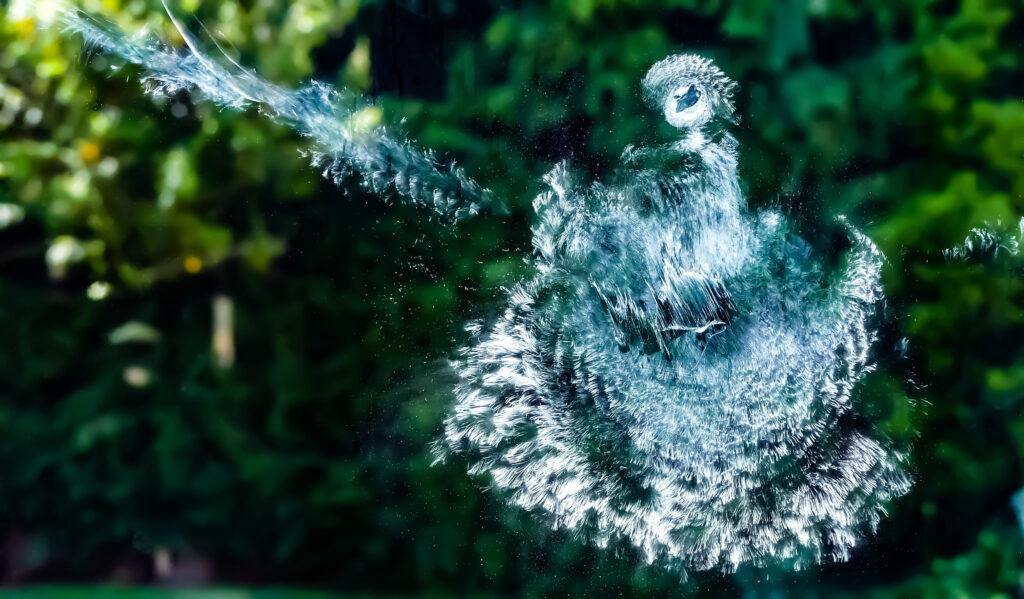
Up to one billion birds die every year in the U.S. after flying into glass that they didn’t recognize as an obstacle. Birds can’t see through glass, so these strikes usually happen when the glass is reflecting the yard and garden nearby.
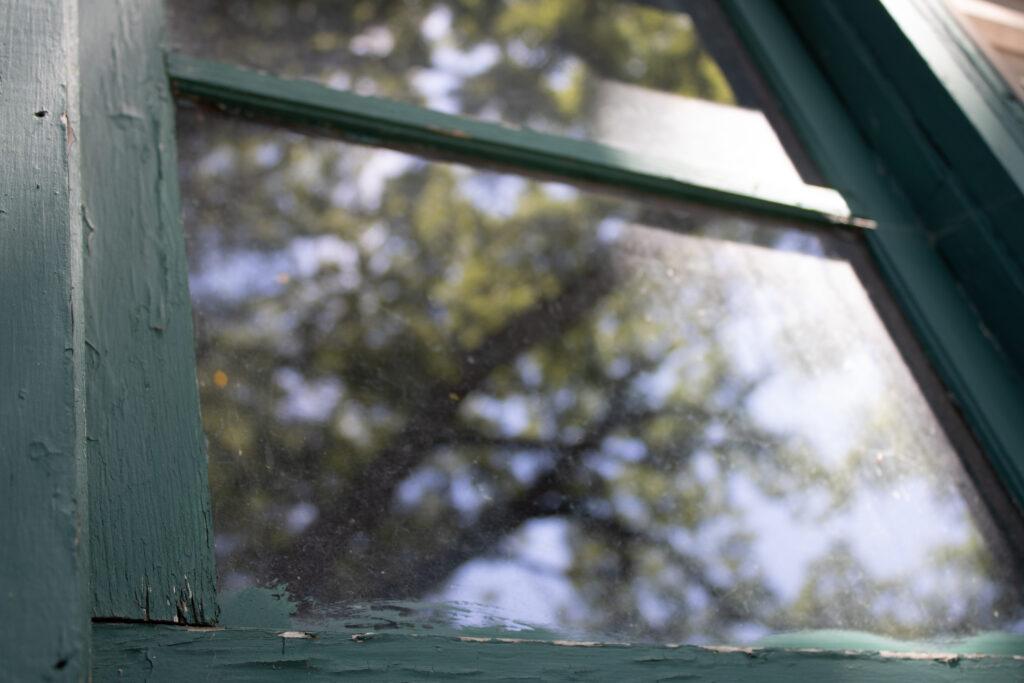
To the birds, that reflection simply looks like an extension of the landscape they’ve been flying around and feeding in safely. The reflection might show trees, the sky, nearby feeders or even the birds themselves.
What we can do to help reduce bird strikes?
There are steps we can take to help protect birds from the mirages these reflections create. The National Audubon Society supports a program called “F.L.A.P” that has extensive information on bird strike issues at www.flap.org. Some of their most effective recommendations include:
*** Placing bird feeders within three feet of windows, where the birds don’t have enough room to “get up to speed” and hurt themselves. Alternatively, place feeders at least 30 feet away from windows, where the birds are more likely to realize the reflection is part of the house and not fly into it.
*** Keeping window shades and curtains closed whenever possible to reduce the clarity of the reflection.
*** Drawing tight decorative patterns on the outside of the glass with a bar of soap. This is a temporary solution, to be sure, but it’s effective, quick, and inexpensive–and probably fun for your kids! A video demonstrating this technique is on the F.L.A.P. website mentioned above.
Another threat we can help minimize: Light pollution
A group called the “International Dark Sky Association” says the nighttime glow of lights over urban areas is causing serious problems for birds, especially birds migrating in the spring (May and June), and fall (August and September).

Eighty percent of migrating birds, including most song birds, travel at night, navigating by the night sky. Because the birds’ navigation system is so sensitive, areas of high light pollution can seriously disrupt their proper flight patterns. As a result, the birds become confused, exhausted or lost, depleting their reserve energy. Many of them will become much more vulnerable to predators or fly into buildings and die. Research shows the abundance of light pollution kills millions of birds in North American migration routes every year.
How can we as individuals reduce light pollution?
Some of the best ways to reduce the night glow that’s so dangerous to migrating wild birds include:
*** Making sure lights around our homes and businesses direct their illumination downward, not out or up. We can choose lighting fixtures with shields that focus the light downward, where it’s generally needed most.
*** Using motion sensors that supply light when necessary, but not continuously. This is also a great way to reduce energy costs.
*** Turning unnecessary or decorative outside lighting off by midnight or earlier. This includes the majority of lights in office buildings that might otherwise be left on even after staff has left.
Avian flu: How bad is it in Colorado?
Avian flu is blamed for the destruction of millions of laying hens in Colorado and creating the egg shortage that’s just now beginning to ease. For a time, it appeared that the wild bird population wasn’t badly affected, but the Colorado Department of Wildlife is finding evidence that certain wild bird populations are being impacted, too.
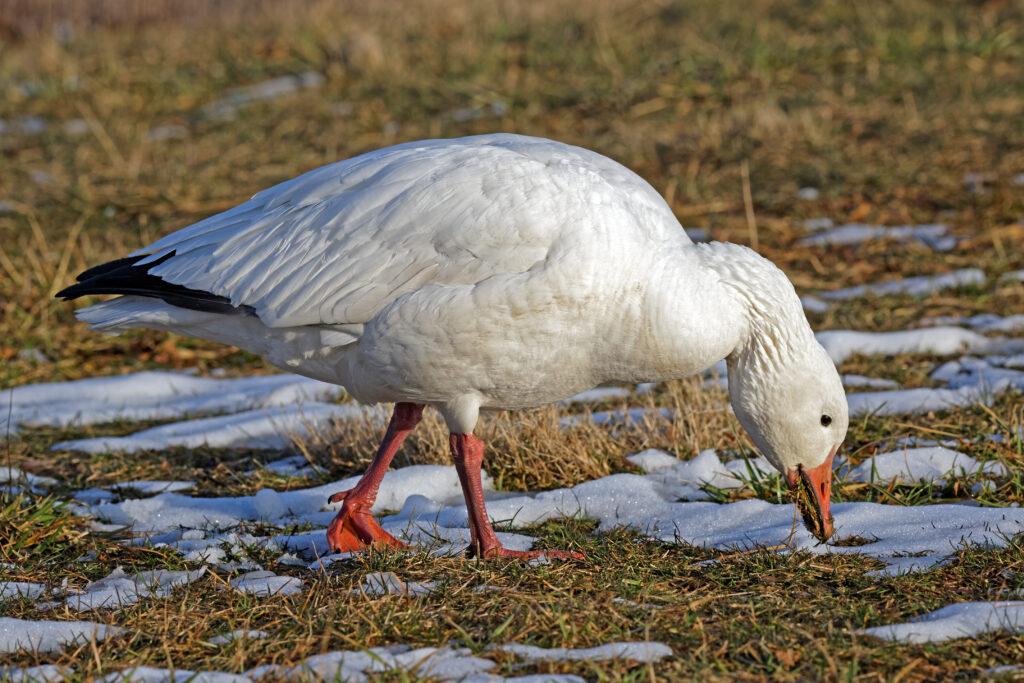
The deadly disease has been found in water fowl like geese and ducks. Raptors, including Great Horned Owls and Red Tailed Hawks in particular, are also being hit hard in some areas. Vultures, crows and ravens, some of the scavengers of the bird world, are dying after feeding in infected carcasses. Strict precautions can help protect the domestic poultry population going forward, but sadly, according to the experts, avian flu may simply have to “run its course” in the wild bird population as there’s no known cure.
In the meantime, anyone who finds a dead bird in a place where it might be fed on by other birds or wildlife is urged to use extreme caution if they feel the animal needs to be disposed of. They should use gloves and eye protection and double-bag the bird, dispose of it safely in the trash, and then thoroughly clean protective gear when finished.
And as for that basic “to do” list of healthy backyard bird feeding…
*** Clean bird feeders at least every two weeks with a 10% bleach solution. Rinse thoroughly and air dry completely before using again.
*** Scrub and clean bird baths with vinegar every two weeks. Rinse thoroughly. Drain water every night and replace with fresh water each morning.
*** Don’t put more seed in feeders than your backyard birds can eat in a day or two. Seed needs to be fresh and dry.
*** Separate the feeders to reduce crowding that can make it easier for avian diseases to spread.
*** Remove the accumulation of seed hulls and bird droppings beneath feeders. This debris can harbor disease.
Putting forth extra effort to help keep our beautiful birds healthy and safe is a privilege. It’s also a privilege for Tagawa Gardens to be here for you, offering help and supplies to make those efforts pay off.
